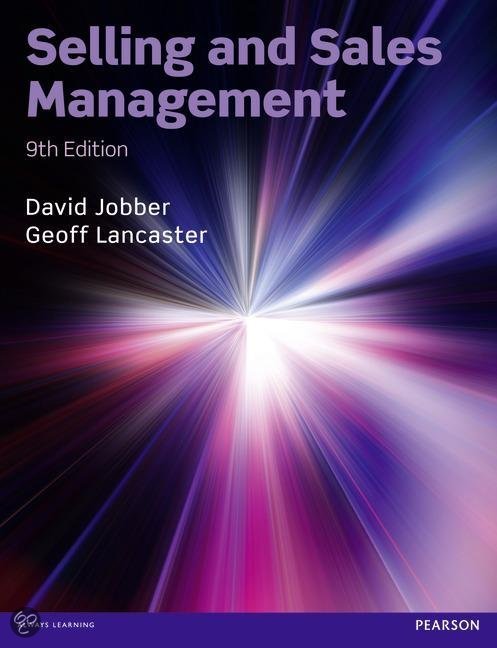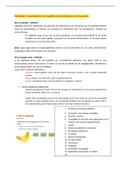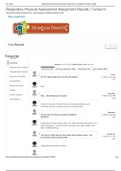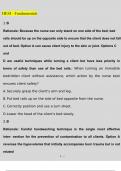Samenvatting
1ZM60 Summary of Book ()
- Instelling
- Technische Universiteit Eindhoven (TUE)
Summary for 1ZM60 covers chapters 1,3,4,7-10,12-17 (roughly 5 pagers per chapter with a lot of images) of the book 'Selling and Sales Management 8th edition' (identical to newer editions) by David Jobber and Geoff Lancaster. The high number of pages is partly due to the amount of large images in th...
[Meer zien]









